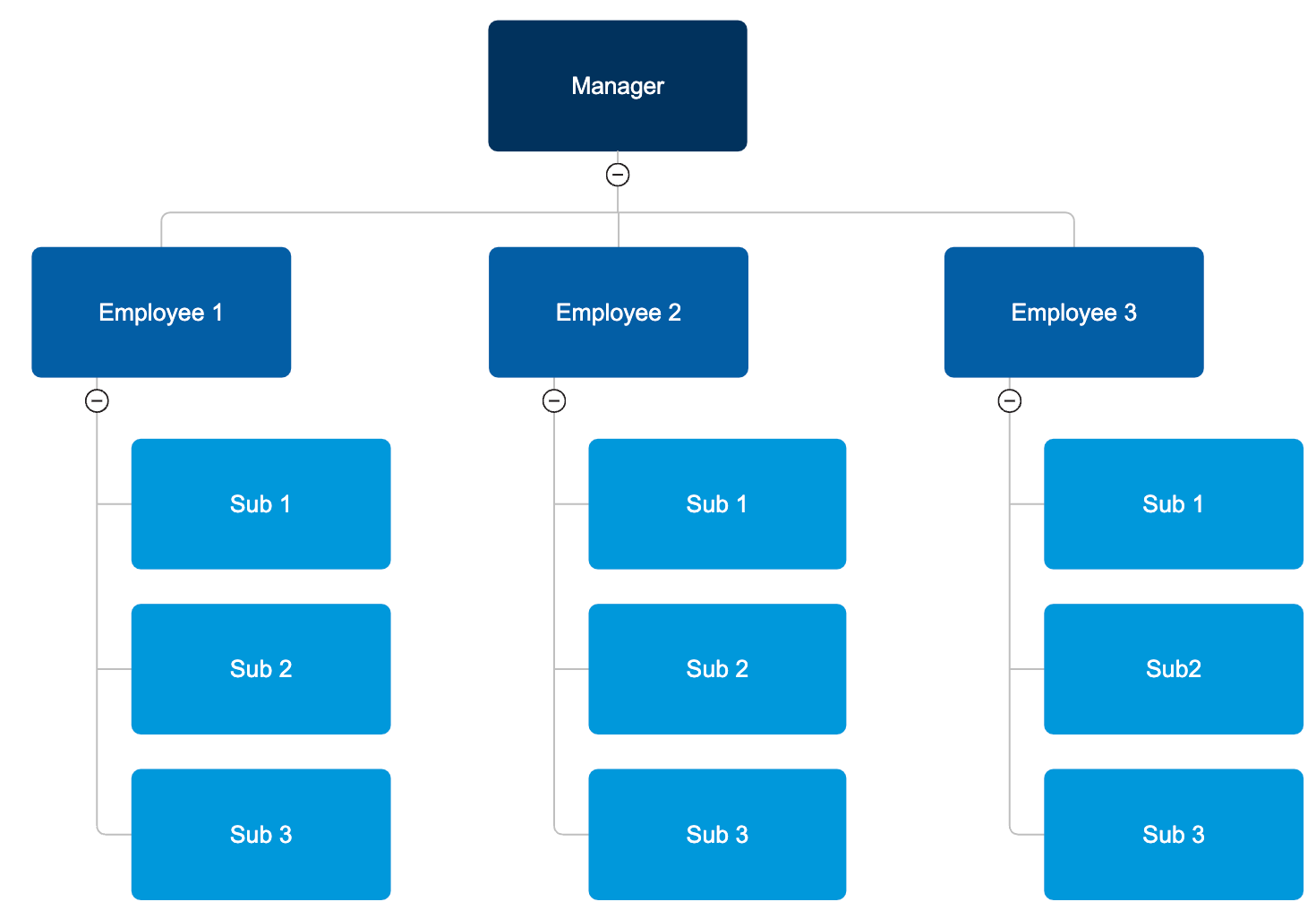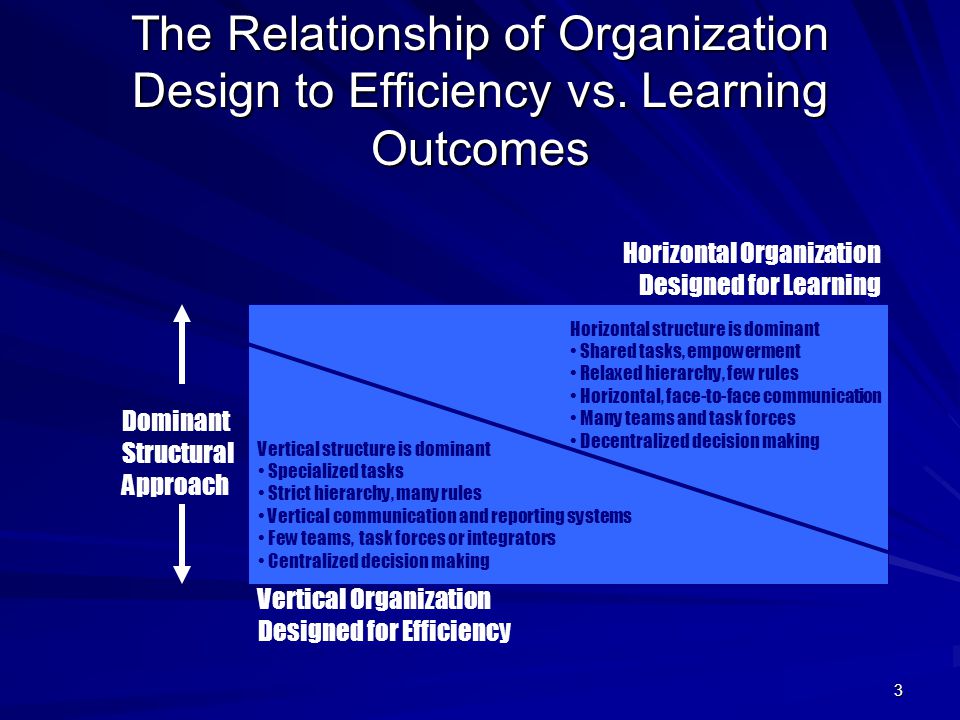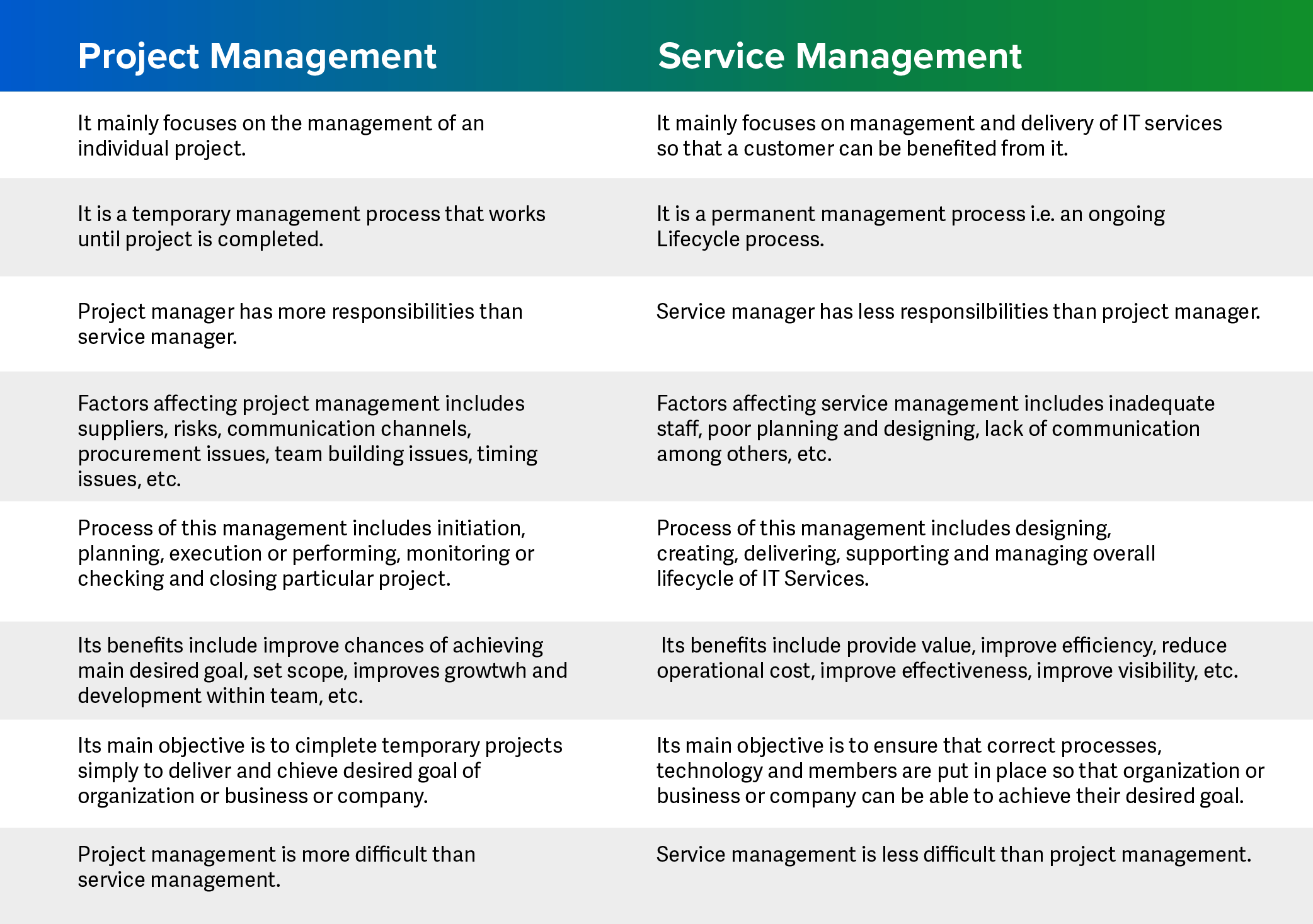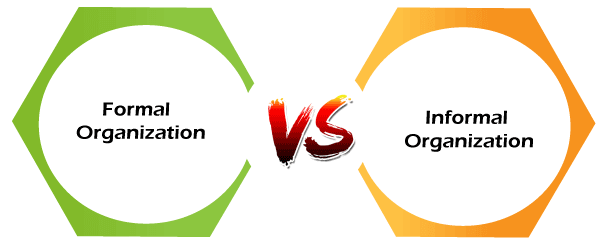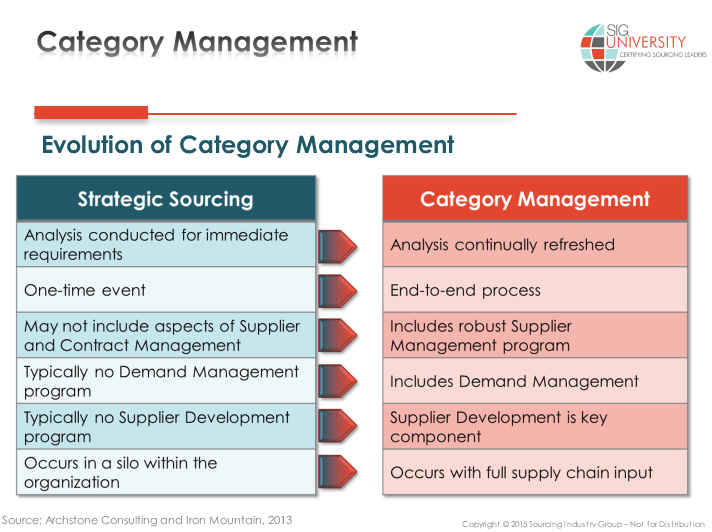A horizontal organization is one in which the power and decision-making is distributed evenly among the members. In a horizontal organization, there is a flat hierarchy and little to no hierarchy of authority. This type of organization is often referred to as a decentralized or flat organization.
On the other hand, a vertical organization is one in which the power and decision-making is centralized at the top and flows downward through the hierarchy. This type of organization is often referred to as a centralized or hierarchical organization.
There are several key differences between horizontal and vertical organizations. One of the main differences is the way in which power and decision-making is distributed. In a horizontal organization, power is distributed among all members, whereas in a vertical organization, power is centralized at the top.
Another difference is the level of communication and collaboration within the organization. In a horizontal organization, communication and collaboration are often more open and frequent because all members have a voice and are able to contribute to the decision-making process. In a vertical organization, communication and collaboration may be more limited because decisions are made by a select few at the top of the hierarchy.
A third difference is the level of adaptability and flexibility within the organization. In a horizontal organization, there is often a greater degree of adaptability and flexibility because all members have a say in the decision-making process and can quickly respond to changes in the external environment. In a vertical organization, adaptability and flexibility may be limited because decisions are made at the top and require approval before they can be implemented.
There are also differences in the way that work is organized and tasks are assigned in horizontal and vertical organizations. In a horizontal organization, tasks may be assigned based on the strengths and abilities of the individual members, whereas in a vertical organization, tasks are often assigned based on the position or rank within the hierarchy.
In conclusion, horizontal and vertical organizations are different in the way that power and decision-making is distributed, the level of communication and collaboration, the level of adaptability and flexibility, and the way that work is organized and tasks are assigned. Both types of organizations have their own strengths and weaknesses, and the best type of organization for a particular company will depend on its specific needs and goals.
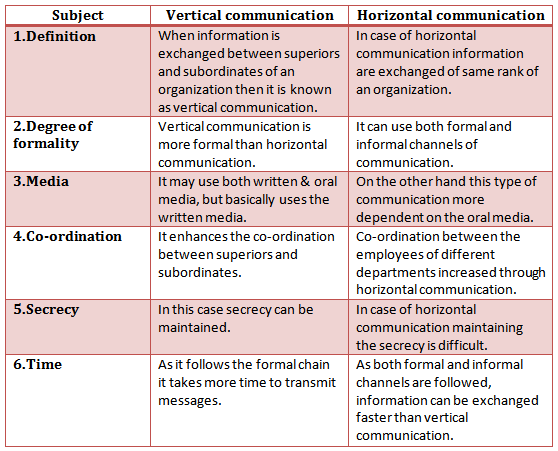
:max_bytes(150000):strip_icc()/TermDefinitions_Verticalintegration_finalv1-343a3c6fc2544107809a2495555a6aba.png)

